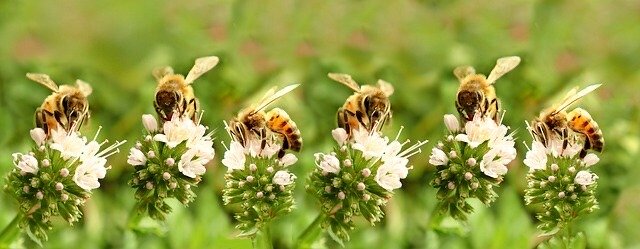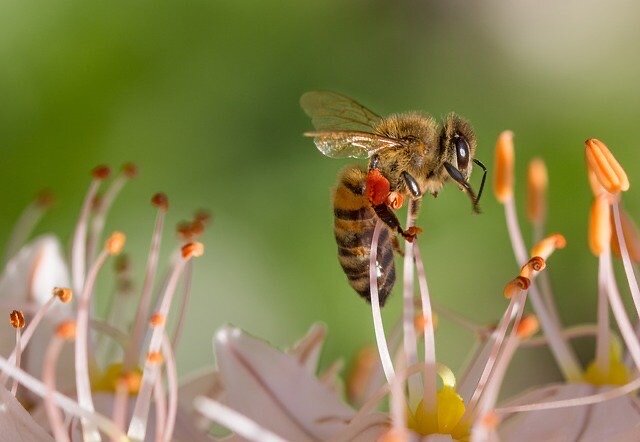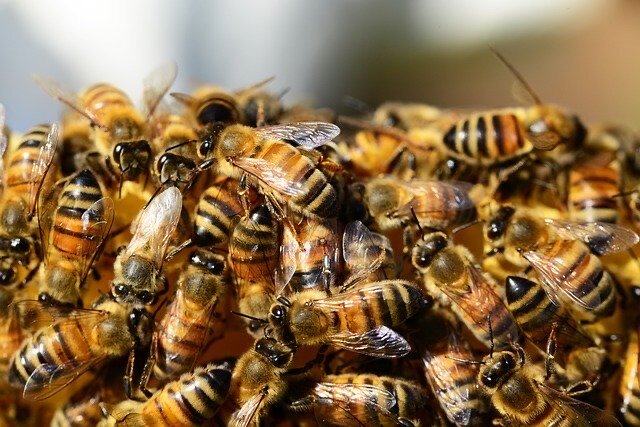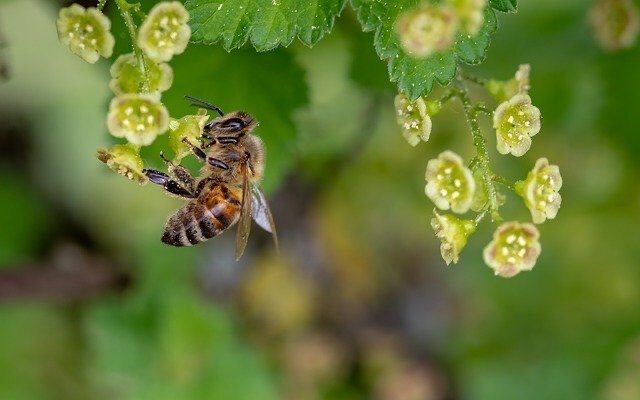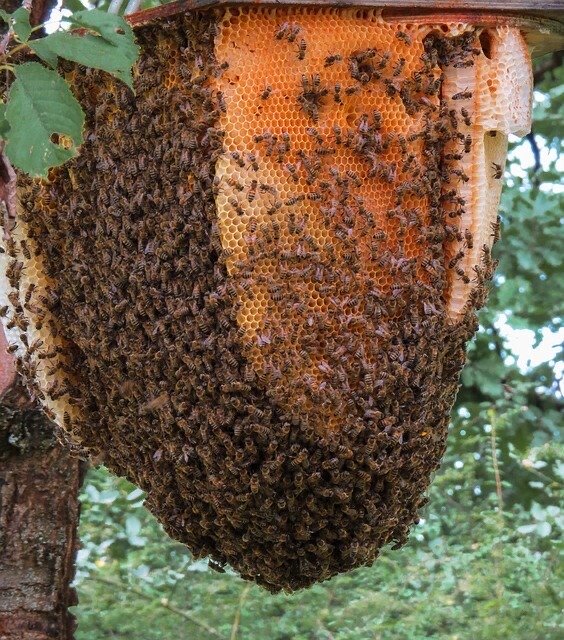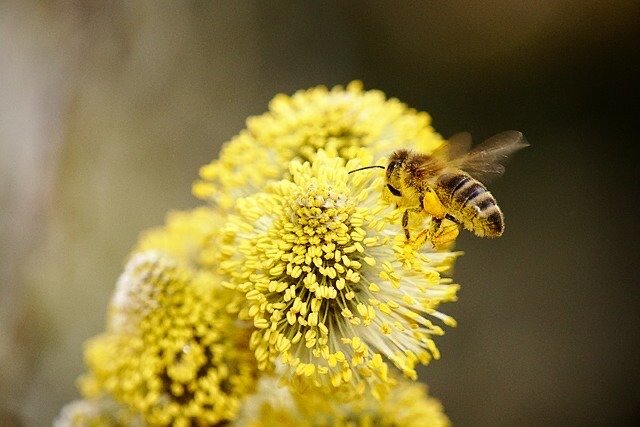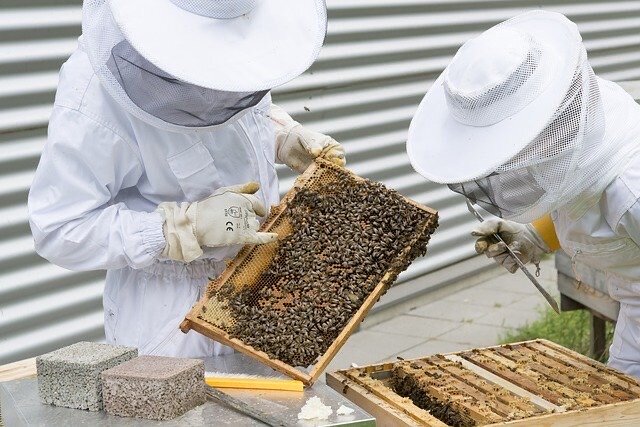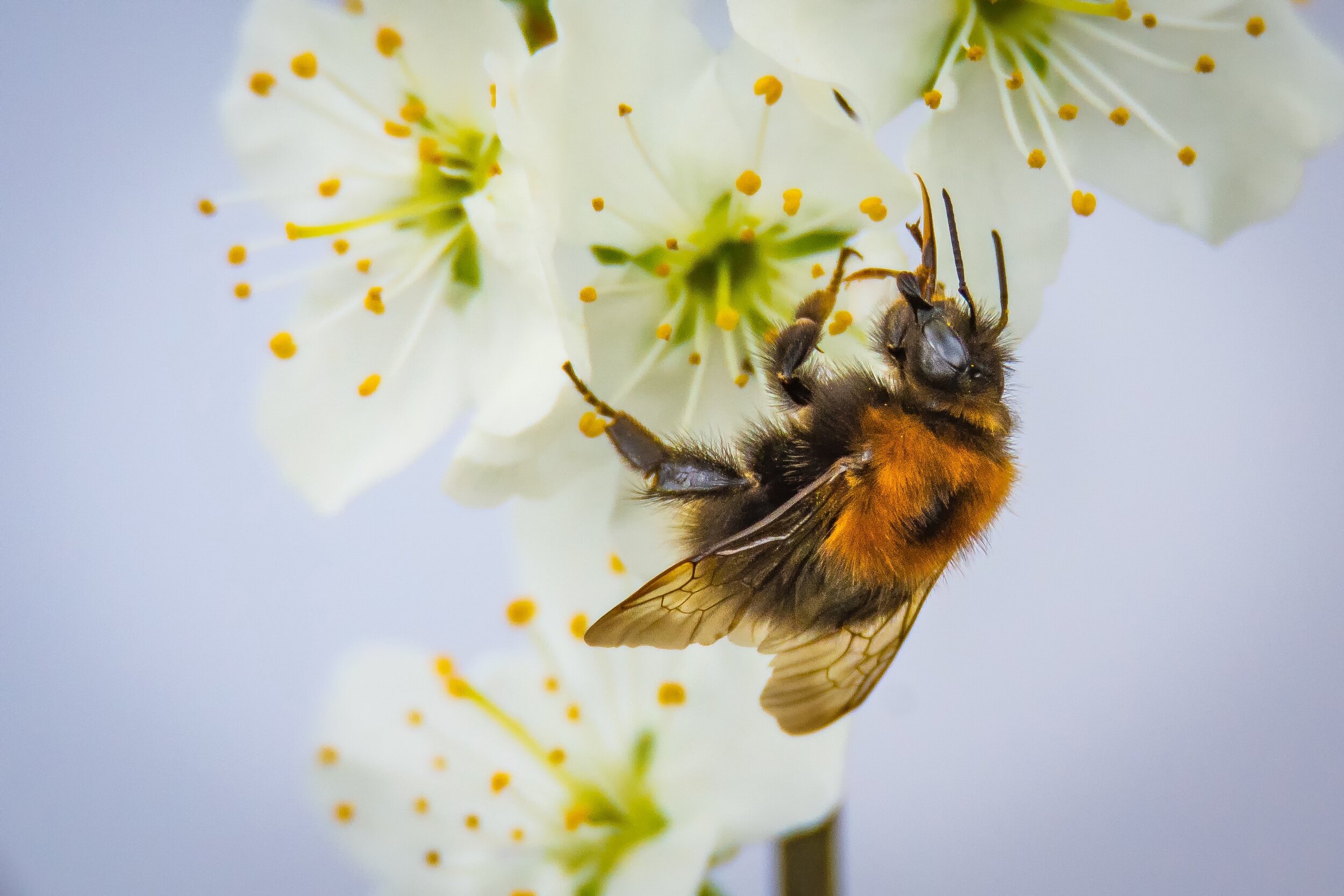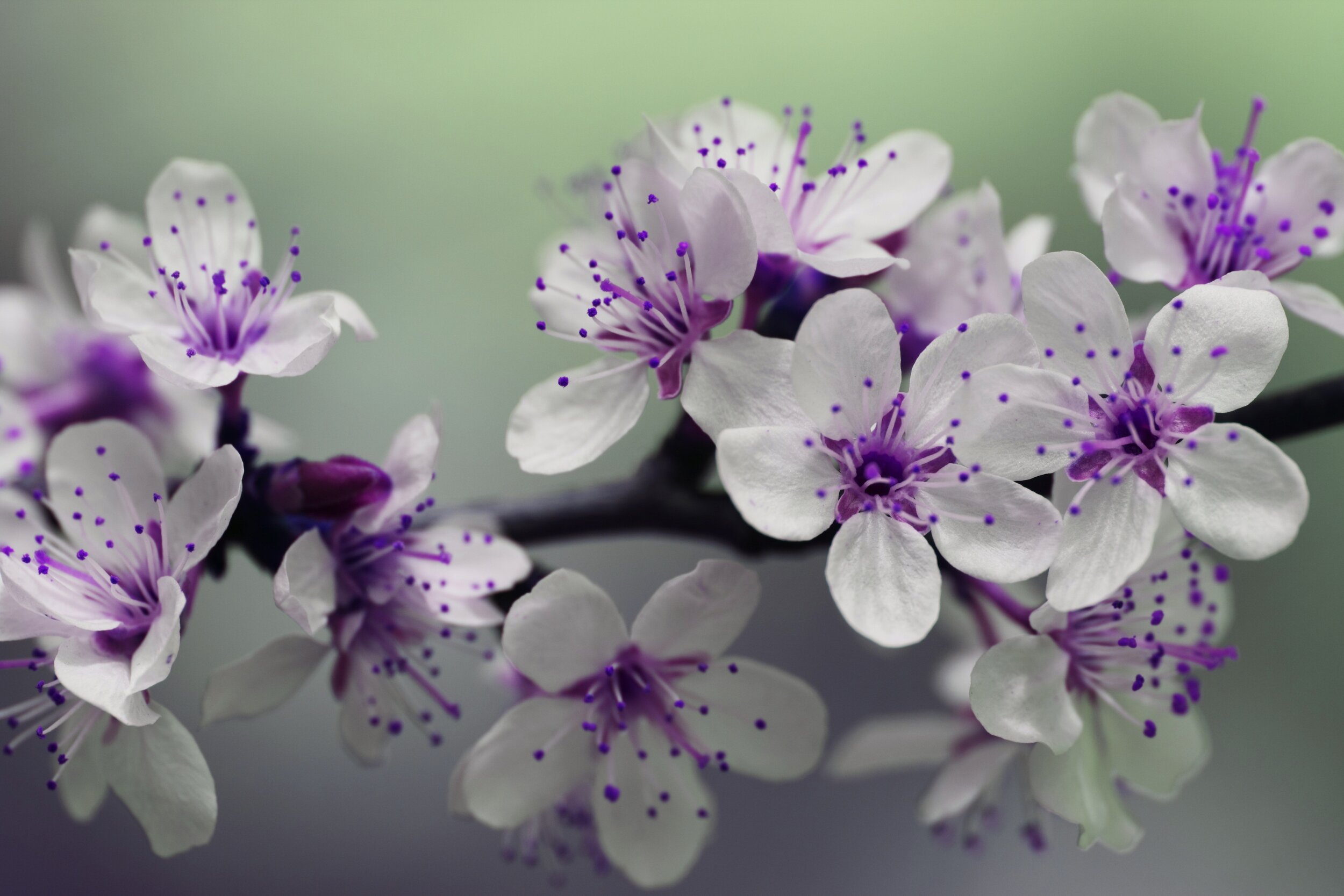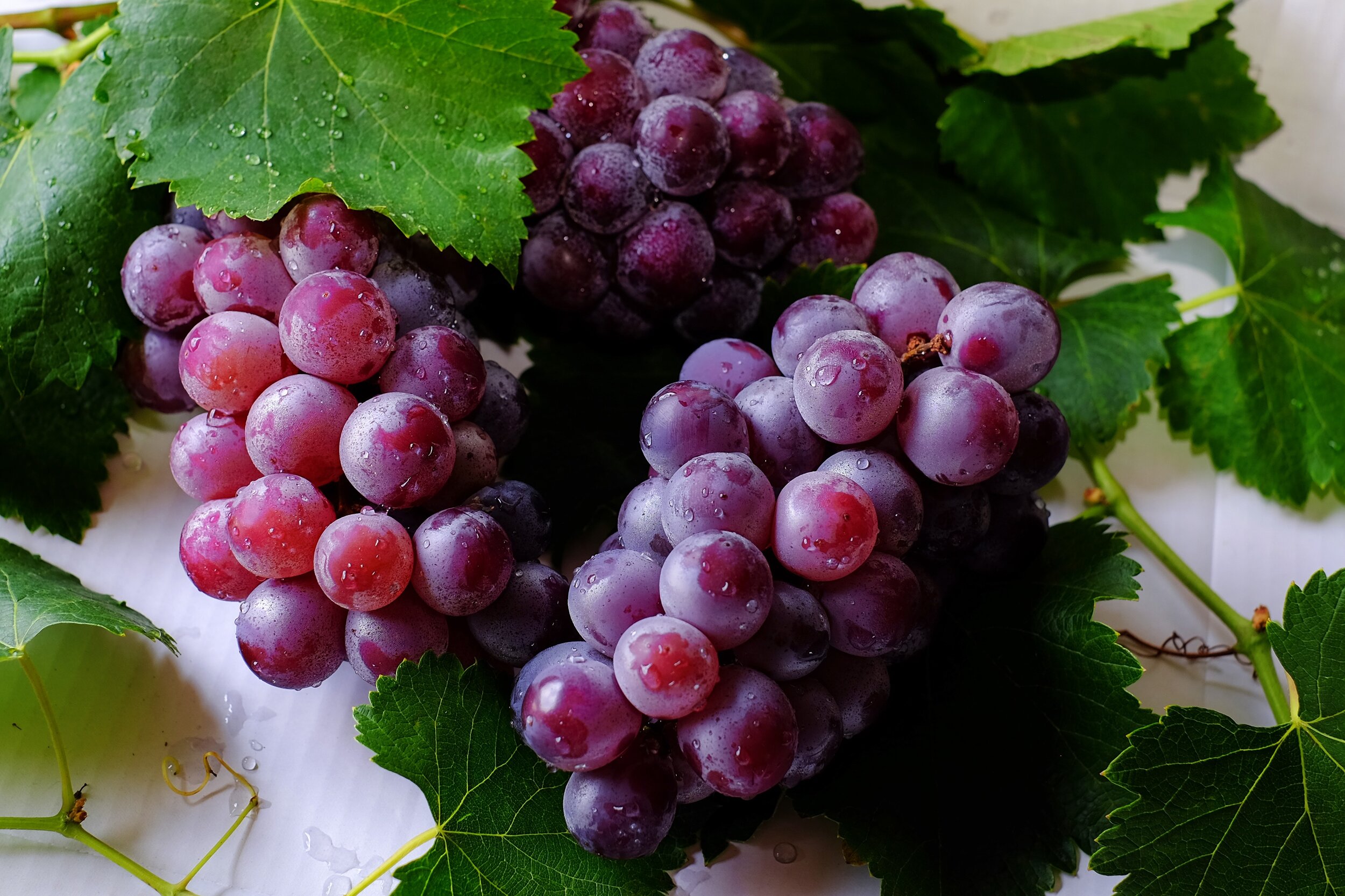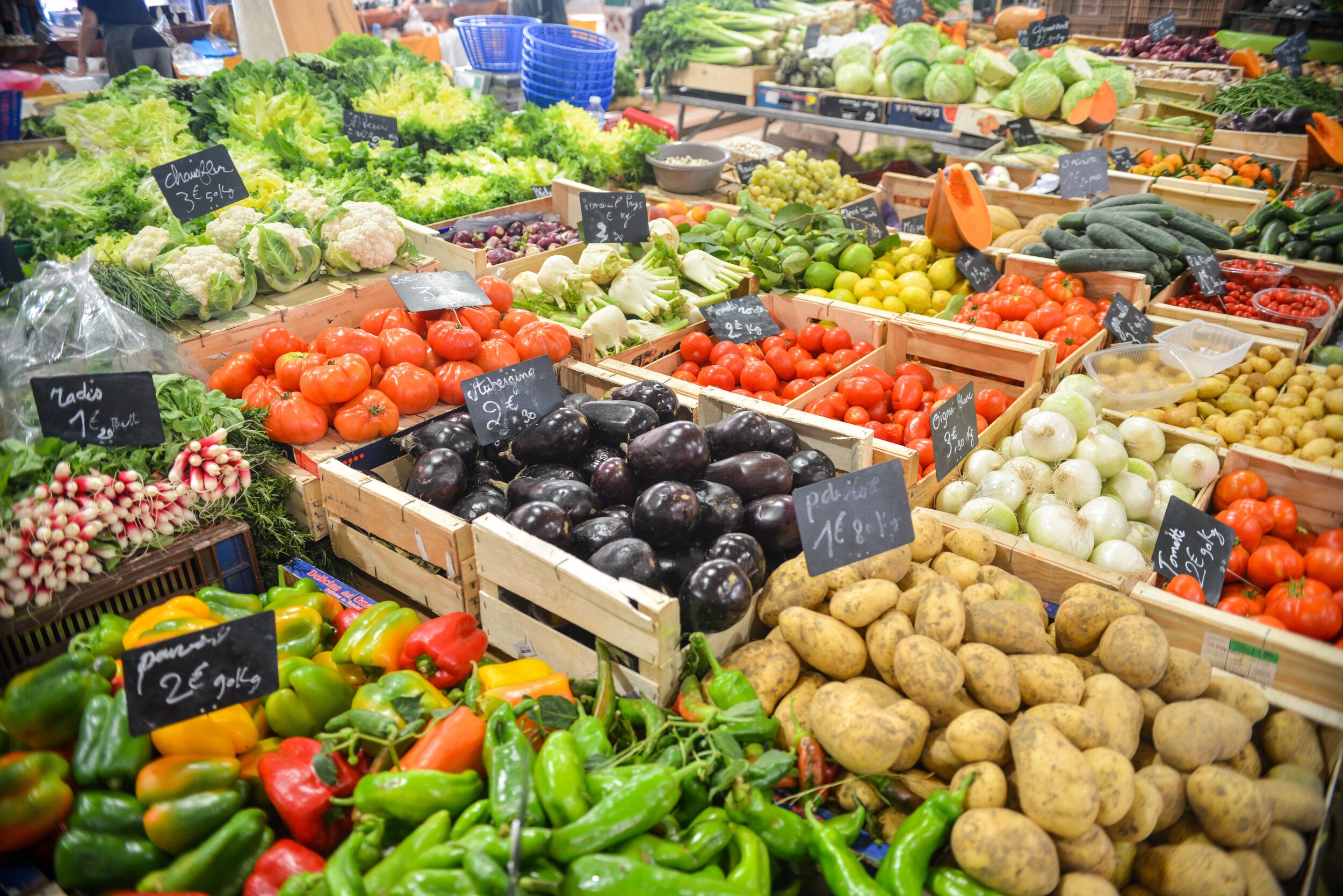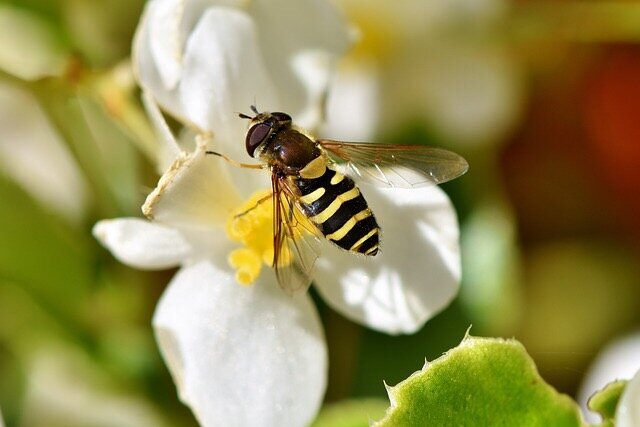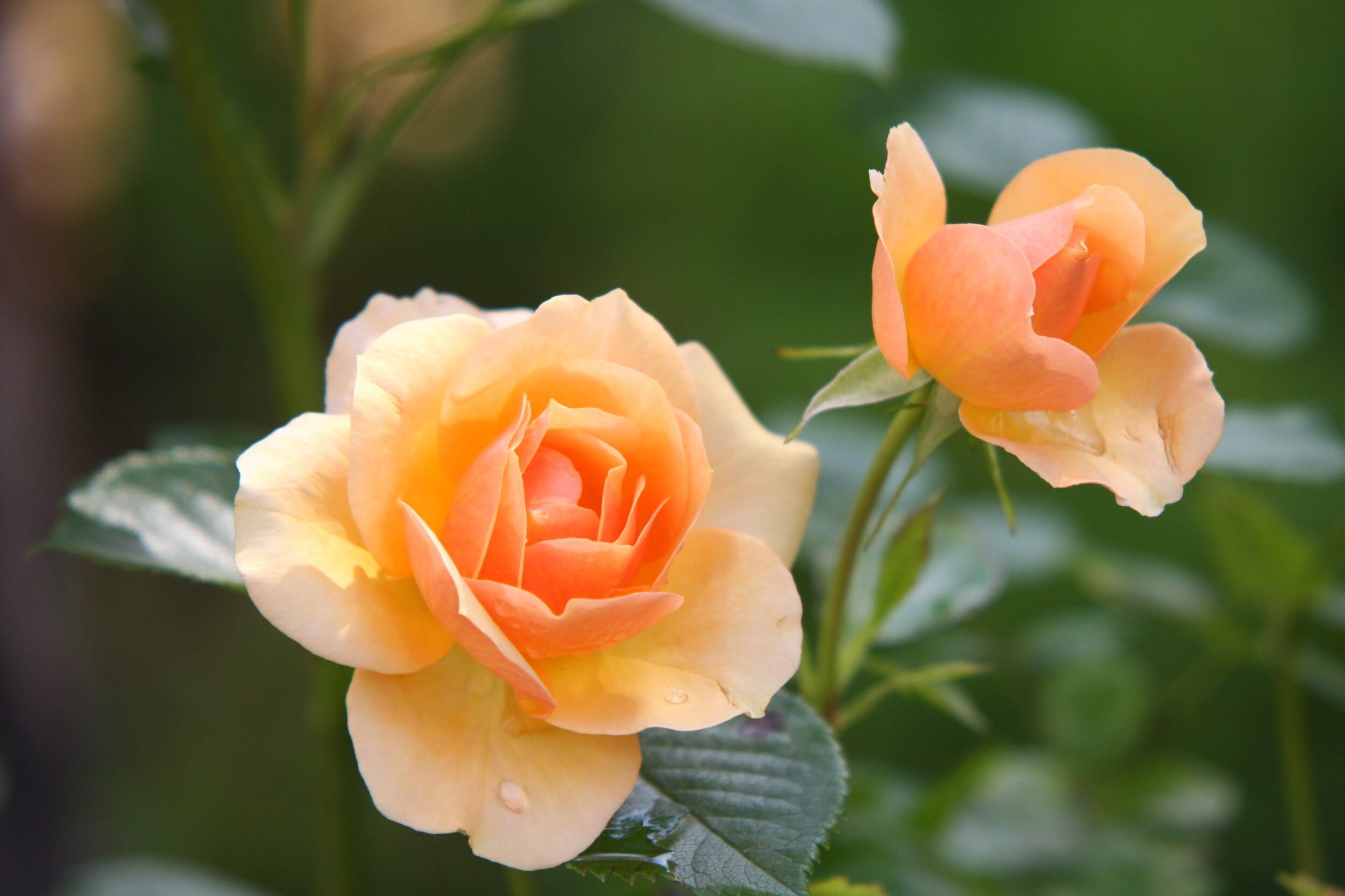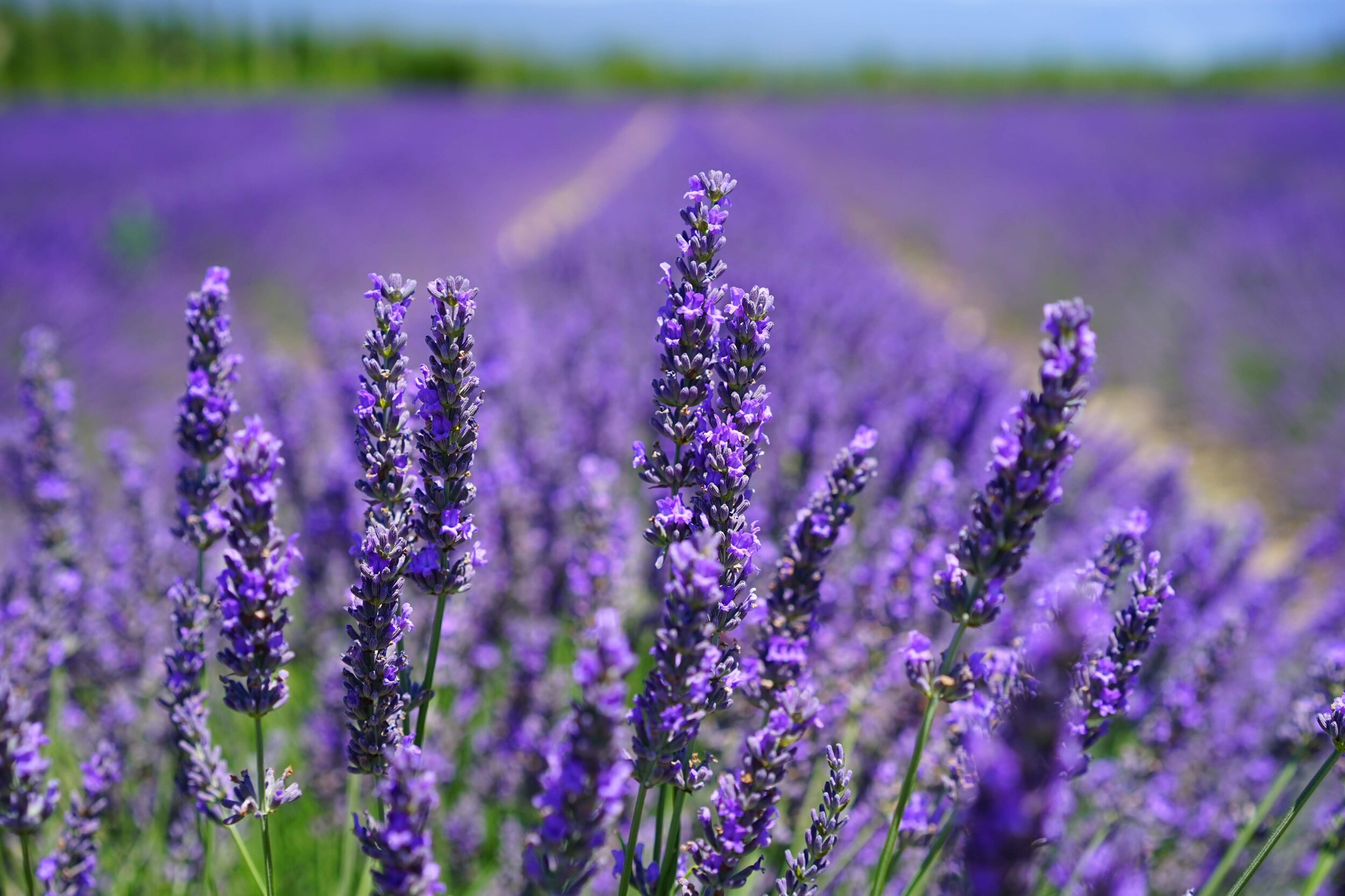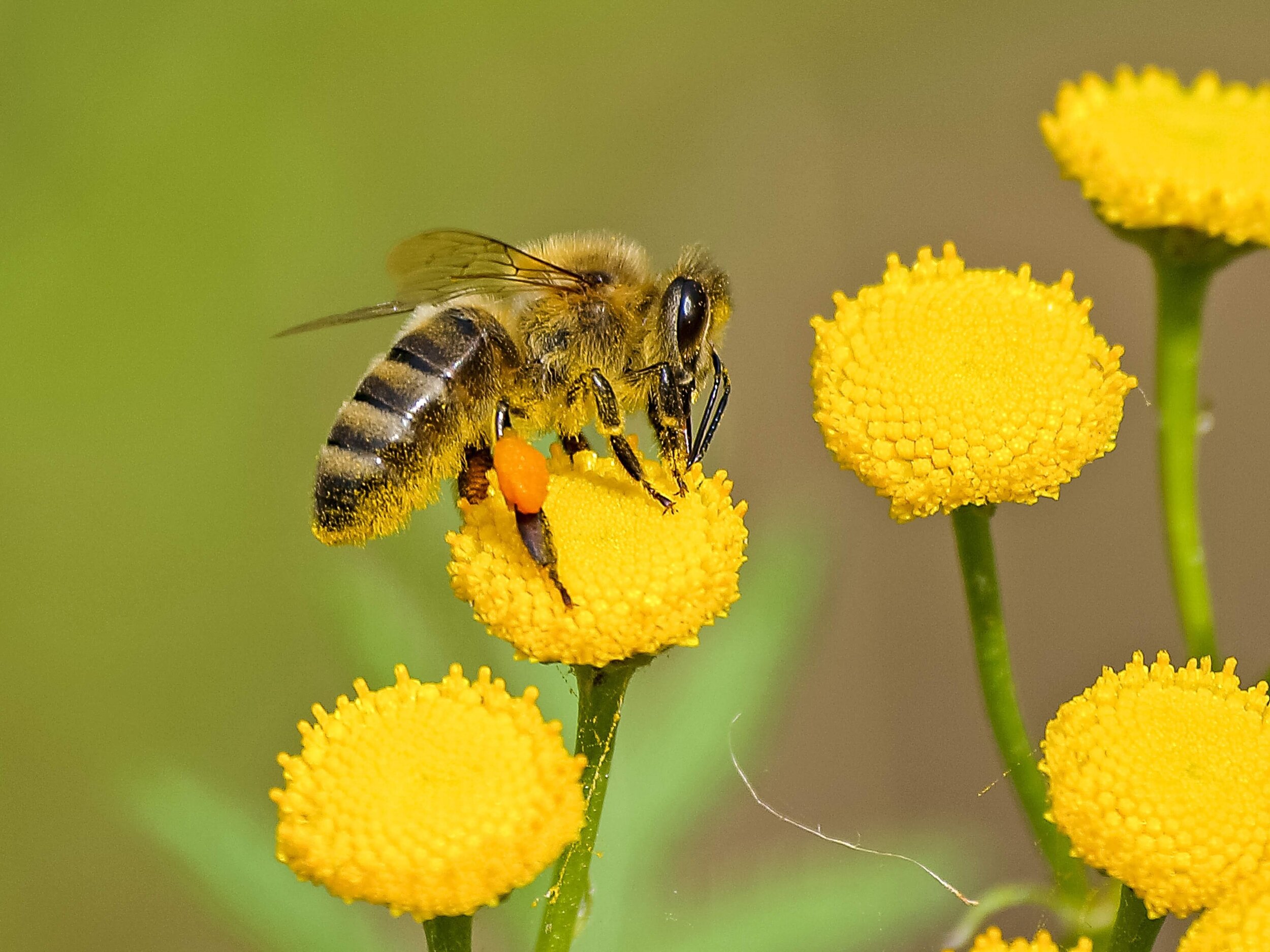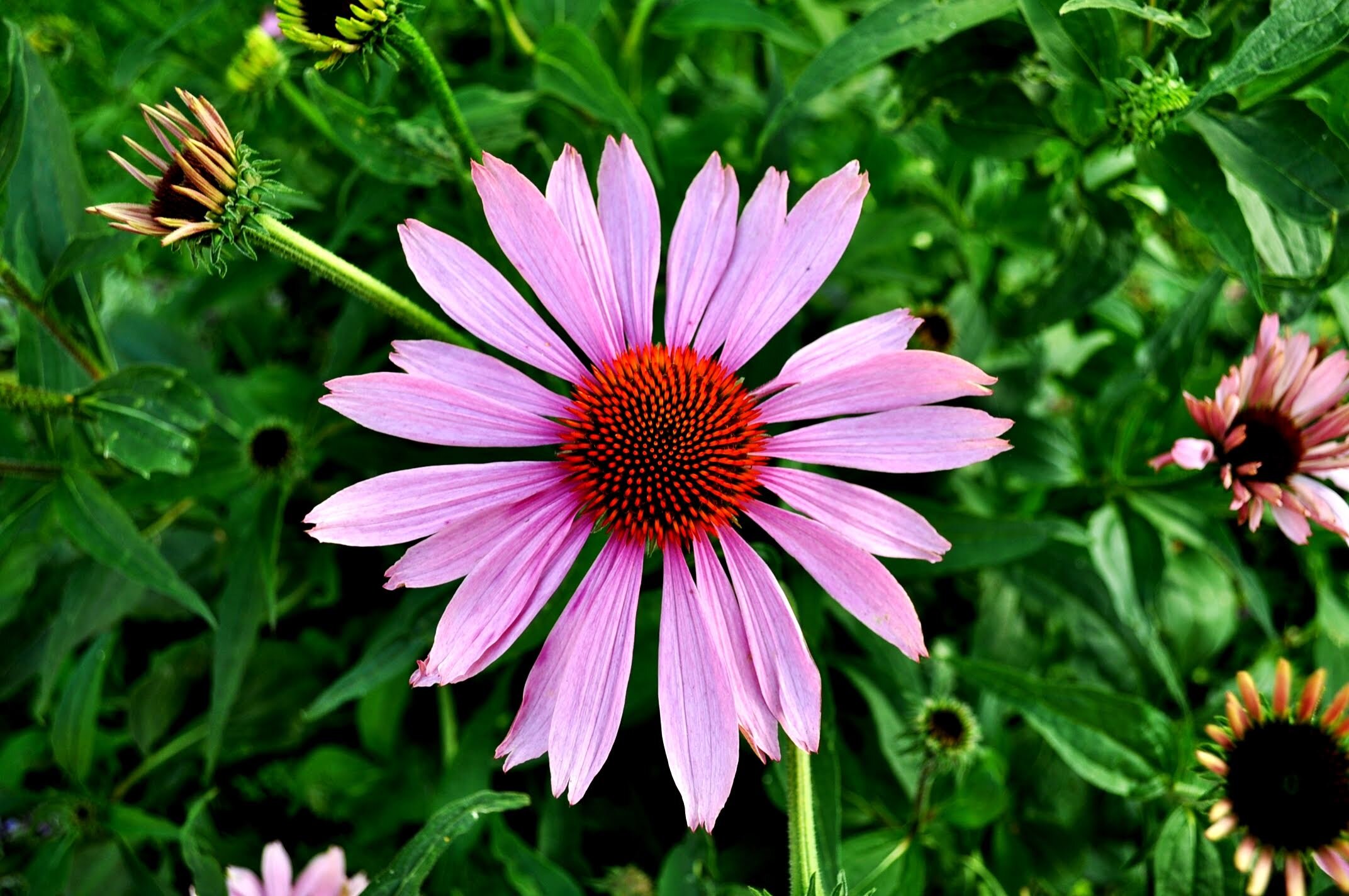Spring is here and it’s time for the bees to get back to work. Spring is the most important time of the year for honey bees. After surviving the cold winter months by living off their storage of honey from the previous year, they need to replenish their supply of honey.
The bee colony must also focus on increasing its population before summer. Spring is the queen’s mating and egg production season. Eggs are laid in the individual cells of the hive to form larvae and three weeks later the colony begins to grow quickly.
As the colony’s population expands, more worker bees are available for honey production.
The worker bees get busy finding food for their colony as soon as the first source of pollen emerges. A single worker bee visits 50 to 100 flowers before it has to return to the hive to dispose of its supply. It can visit around 2,000 flowers per day.
Bees collect water to help regulate the temperature of the hive and liquefy thick or granulated honey from the winter in addition to nectar gathering and pollination.
To be “bee-friendly,” it’s important that you be careful cleaning up your yard or cleaning out of your garden to get it ready for planting. Dandelions are an important nectar provider. Often dandelions are the honey bee’s first source of food after the long winter. Instead of weeding them immediately, keep them for honey bees until more valuable sources bloom. Plant flowers native to your region. Honey bees especially love daffodils, sunflowers and honeysuckles.
There are over 20,000 bee species worldwide, including the honey bee. Wild bee species live on every continent except Antarctica. In North America approximately 4,000 native bee species occupy ecosystems from forests to deserts to grasslands.
Did you know that all bees are not black and yellow? Bees come in a variety of colors, including green, blue, red, or black. While many species of bees are striped, some have a metallic sheen.
Bees pollinate plants as they forage for food. This is a crucial link in the food change for all life forms.
While the bee feeds on nectar and gathers pollen, some of the pollen sticks to the body. It deposits some of that pollen on the next flower it visits and fertilizes the plant. The fruits and seeds produced feed many other wildlife species. Bees pollinate 80 percent of all flowering plants, including about 75 percent of the fruits, nuts, and vegetables grown in the United States.
Domesticated honey bee and wild bumble bee species live in hives, but most bees are solitary nesters. They don’t form hives, create honey, or live a communal lifestyle. They lay their eggs in a series of tiny chambers in tunnels in the ground, in hollow plant stems, or in decaying wood. Unlike their hive dwelling relatives, female solitary bees leave a ball of nectar and pollen for their offspring and leave them to grow and pupate on their own.
Some species don’t build nests, but instead lay their eggs in nests built by other species. They sometimes kill the host species’ larvae to ensure their own eggs will have enough food to grow to adulthood.
Both domesticated honey bees and many native bee species are in decline. Many of the 250 bumblebee species worldwide are in drastic decline. Nearly one in four European bumblebee species face extinction. In North America more than a quarter are in decline. Several species, such as the rusty patched bumblebee, are now listed as endangered in the U.S.
Declining bee populations have been linked to climate change, habitat destruction and changes in land use, use of pesticides, disease, agricultural and lawn and garden practices, habitat fragmentation, invasive species, and climate change.
Queen bumble bees can live for a year and workers for a month. Solitary bees also live for about a year, but spend the majority of their lives developing in their nesting chamber where they hatch, pupate, and often overwinter. Their adult lives, during which they are active, last approximately three to eight weeks. During their short life cycle, it’s important that they have access to bee-friendly flowers, so they can do their job pollinating the flowering plants that will supply our food.
Native bees are crucial to the survival of North America’s native plants, other wildlife, and people. About 30% of what we eat and a major proportion of nutrients in the human diet depend on bee pollination, including most fruits and vegetables, nuts, herbs, spices, oil crops and coffee. Many trees which provide oxygen and absorb carbon from the atmosphere, fodder crops, plant-derived medicines such as aspirin and morphine, and cotton fibers are all bee-pollinated.
Now more than ever it’s important to plant bee friendly plants and create areas of your yard away from your outdoor space that are safe for bees.
Here is a list of plants for Bee friendly gardens:
(From beefriendly.ca)
Lavender Cranesbill
Rhododendrons Aster
White clover English Daisy
Cotton Easter Rosemary
Heather Mint
Purple Toadflax Oregano
California Lilac Borage
Bachelor’s Buttons Thyme
Lily of the Valley Bellflower
Shrubby Veronica Calendula
Yellow mustard Escallonia
Forget me nots Sage (Salvia)
Blackberry/Raspberry







